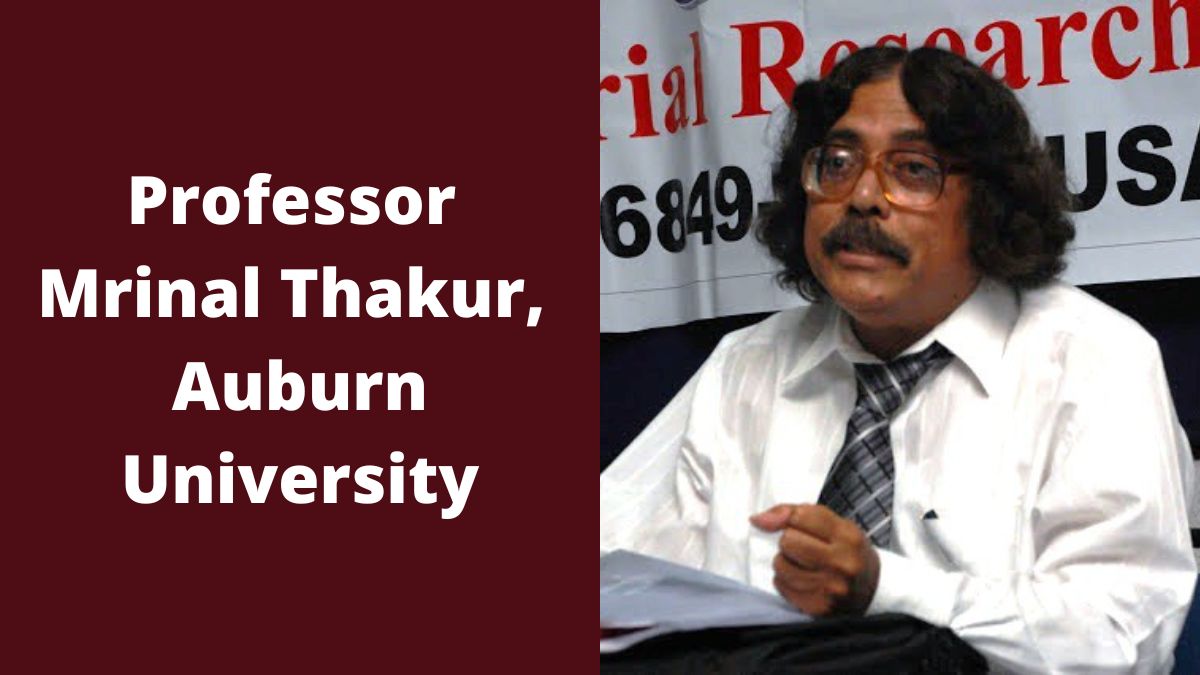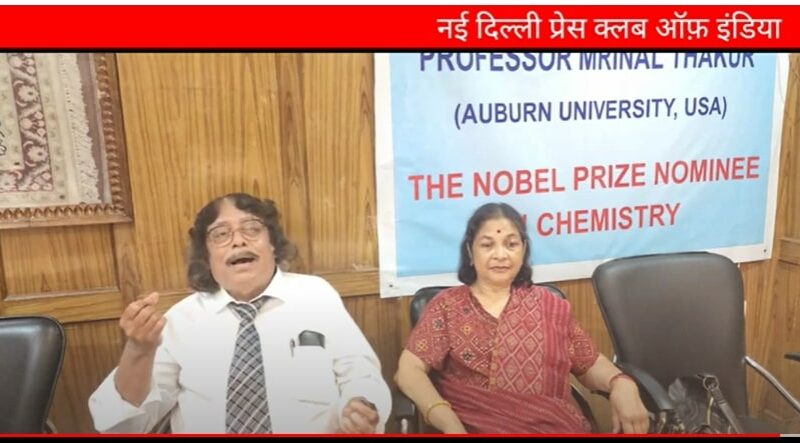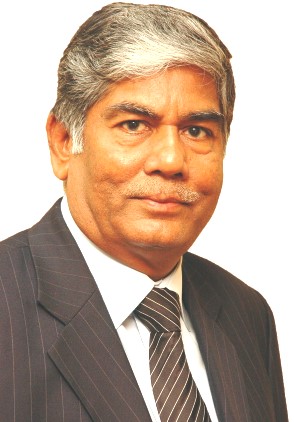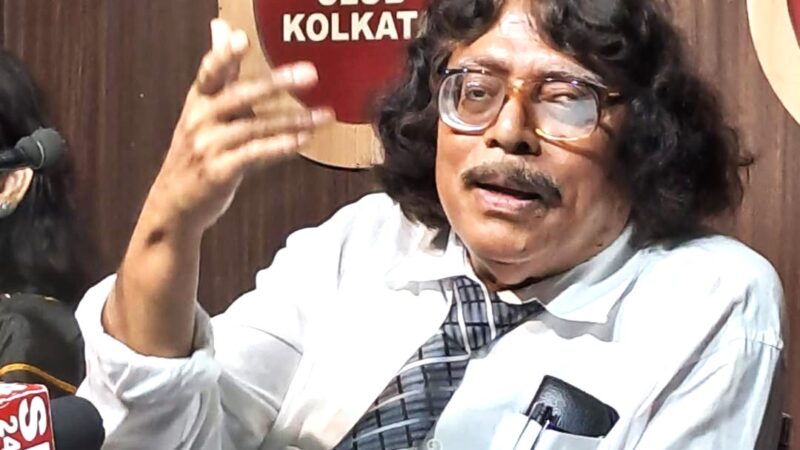Thakur’s Equation on Super-resolved Fluorescence Microscopy (2014 Nobel Prize) Needs to be included in Academic Curricula Globally

The Director of Photonic Materials Research Laboratory at Auburn University (USA), Professor Mrinal Thakur, has established the Thakur’s Equation for Super-resolved Fluorescence Microscopy (2014 Nobel Prize in Chemistry).
Thakur’s Equation is globally important and there is a need to include it in the curricula of all universities globally as it is a major scientific law.
The Indian media has already highlighted its importance several times over the past few years soon after the Thakur’s Equation gained legal validity in the USA.
The Indian media also demands that Professor Thakur be duly honored by conferment of the Chemistry Nobel Prize in 2023 by the Royal Swedish Academy of Sciences (RSAS).
The RSAS has denied this due honor to Professor Thakur for 22 long years due to no valid reason and also in violation of high academic norms as well as human rights.
Though he discovered the Nonconjugated Conductive Polymers, the RSAS did not acknowledge it by conferring him the Chemistry Nobel Prize which violates all academic norms and also contradicts the human rights to which he is entitled.
It is in this backdrop that the Thakur’s Equation further becomes an important factor this delay in accordance of the Chemistry Nobel Prize.
Explanation of Thakur’s Equation
The 2014 Nobel Prize in Chemistry was awarded to Betzig, Hell and Moerner for their works on “Super-Resolved Fluorescence Microscopy.”
The central equation (Equation 3 in 2014 Nobel document) used in this work is based on nonlinear optics works and phase-space-filling model developed by Professor Thakur and coworkers. No reference of that is given in the 2014 Nobel document preserved at the Nobel Foundation website.
Detailed nonlinear optical coefficients as a function of wavelength, excited-state lifetimes, two-photon absorption and the detailed saturation dynamics have all been measured by Professor Thakur and coworkers using femtosecond-duration pulses and their theoretical interpretations have been established. The excited state lifetime as measured is about 1.8 ps. In the off-resonant domain the response is instantaneous.
As discussed in such reports, (phase-space filling model applied to PTS-polydiacetylene crystal), the fractional change in oscillator strength, δf/f is related to the number fraction of electrons (excitons) involved in the transitions is as given in the following: δf/f = – N/Ns where Ns is the saturation density.
For organic materials, energy levels remain essentially unchanged when light is incident on it.
Using the phase-space filling model as above verified by detailed experimental measurements (Thakur et al. 1985-88), the equation relating the resolution and laser light intensity (Thakur’s Equation) that one arrives at is Δ = λ/(2nsinα(1 + I/Is)1/2).
Here Δ stands for resolution, I stands for laser light intensity, λ is wavelength, n is refractive index, α is semi-aperture angle and Is is saturation intensity. More details of the equation have recently appeared (Thakur, J. Macromol. Sci., PAC 2016 and references therein).
This is the central equation, Equation 3 given in page 5 of the 2014 Nobel document preserved at the Nobel Foundation website and is derived based on phase-space filling model and the statistics involved in the emission process.
No reference for this equation was provided in that document. Professor Thakur received no credit from RSAS in 2014 Nobel Prize!





